Douglas Mudgway, pictured with wife Dudleigh, is back to doing the things he loves thanks to the care he received at the Kaiser Permanente San Francisco Medical Center, where physicians replaced his aortic heart valve using the minimally invasive TAVR procedure.
Douglas Mudgway is playing his cello again.
That may not sound like big news, but for the 92-year-old retired space engineer, amateur musician, and long-time Kaiser Permanente member — it’s emblematic of how he has his life back.
Last spring, Mudgway underwent a relatively new procedure at the Kaiser Permanente Medical Center in San Francisco called TAVR, or transcatheter aortic valve replacement. Approved by the FDA in 2011, the procedure offers a new option for people who need their aortic valve replaced but are unable to tolerate open-heart surgery.
Mudgway was in exactly that position. He was not considered a good candidate for open-heart surgery because of his age, but he was suffering the symptoms of a narrowing aortic valve. His heart wasn’t able to get adequate blood flow to the rest of his body, and that was affecting his quality of life so seriously that he could barely walk to his own mailbox.
His wife Dudleigh described his situation as “touch and go,” and said, “he wouldn’t have survived without the procedure.”
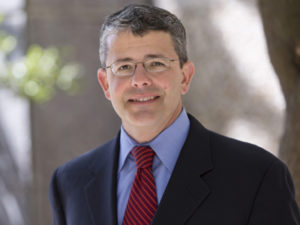
Deep Experience, Excellent Results
Mudgway’s cardiologist in Santa Rosa recommended he receive treatment at the Kaiser Permanente Medical Center in San Francisco, where interventional cardiologist Jacob Mishell, MD, directs the Structural Heart Program. The medical center is ranked in the top 50 Best Hospitals for Cardiology and Heart Surgery by U.S. News & World Report.
In 2012, Dr. Mishell assembled a team including heart surgeons, interventional cardiologists, imaging cardiologists, vascular surgeons, and an array of other specialists, nurses, and technologists to begin offering TAVR to Kaiser Permanente members.
TAVR is much less invasive than open-heart surgery, and patients usually recover much faster. Candidates for the procedure are often elderly and frail. Before the procedure became available, most had no viable option for treatment.
With TAVR, the aortic valve is accessed via a catheter inserted into a blood vessel through a small incision, usually in the leg. A physician passes a specially designed artificial heart valve through the catheter and guides it into position where it can expand and take over the function of the original, damaged valve.
The Kaiser Permanente Northern California program is one of the larger TAVR programs in the United States, performing 100 to 150 TAVR procedures a year with major complication and mortality rates lower than published studies for similar patients.
“For patients who would not do well with surgery, it’s a fantastic privilege to be able to treat them and see them get better and go on to have good quality of life,” said Dr. Mishell.
In August, the FDA approved TAVR for patients who are at intermediate risk for death or complications associated with open-heart surgery, and the Kaiser Permanente program will soon begin participating in a large research study comparing TAVR to surgical aortic valve replacement (SAVR) for patients considered low risk for open-heart surgery.
‘Like Night and Day’
The Kaiser Permanente Structural Heart Program in San Francisco also performs the MitraClip procedure for patients who have a leaking mitral valve. Like the TAVR, the procedure is an alternative to open-heart surgery for high-risk patients, and physicians repair the valve through the use of a catheter.
Two years before Mudgway’s TAVR procedure, Dr. Mishell successfully repaired Dudleigh Mudgway’s mitral valve using MitraClip. Mudgway said watching his wife’s positive experience made him comfortable going forward with his own procedure.
After Dr. Mishell successfully replaced his aortic valve using TAVR in April of this year, Mudgway described the result as “like night and day.” His heart palpitations, dizziness, and pain were gone, allowing him to return to the things he previously had enjoyed in retirement: visiting with family, morning walks, and playing his cello.
“It’s wonderful to do all those things again that I thought were over for me,” he said. “I have the highest praise for the way my procedure was handled from the evaluation process to Kaiser’s continuing interest in my successful recovery.”
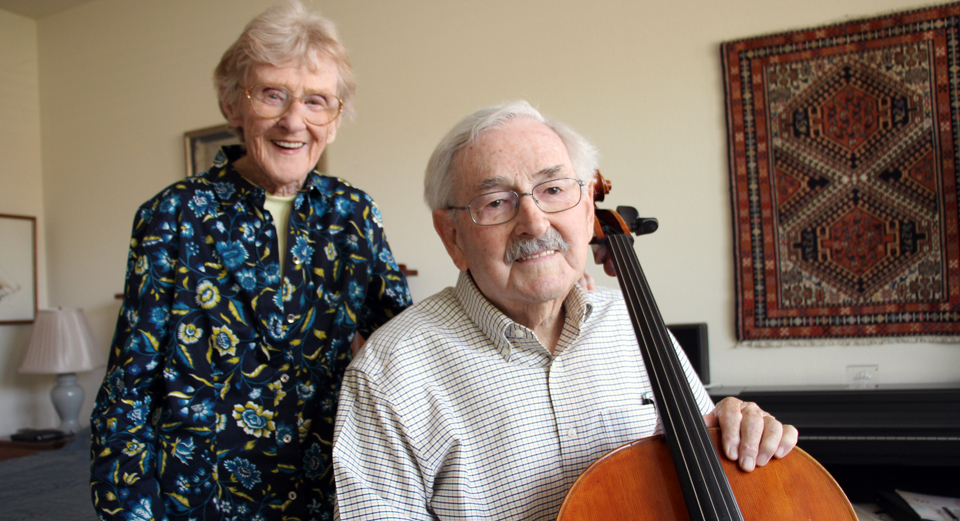
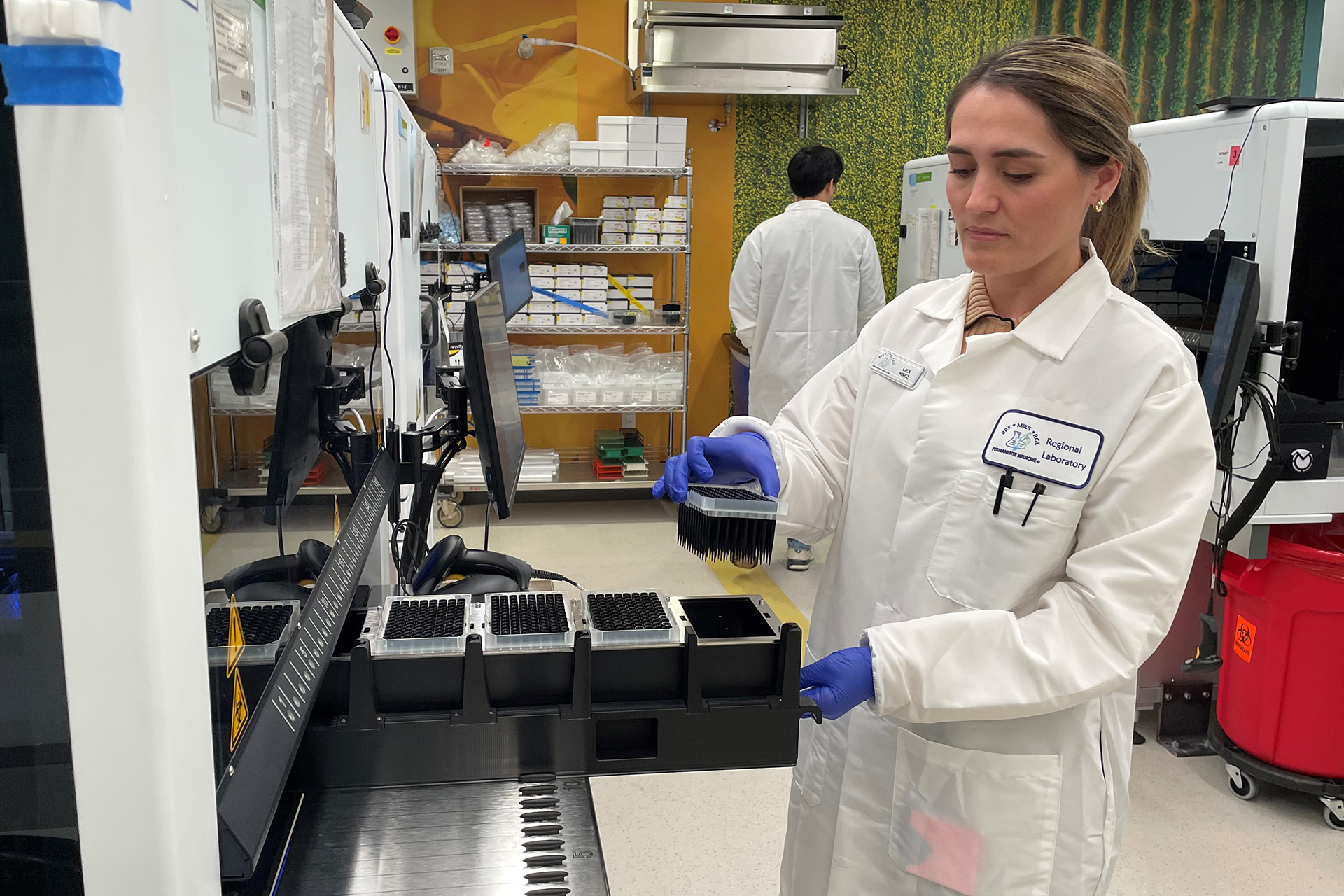
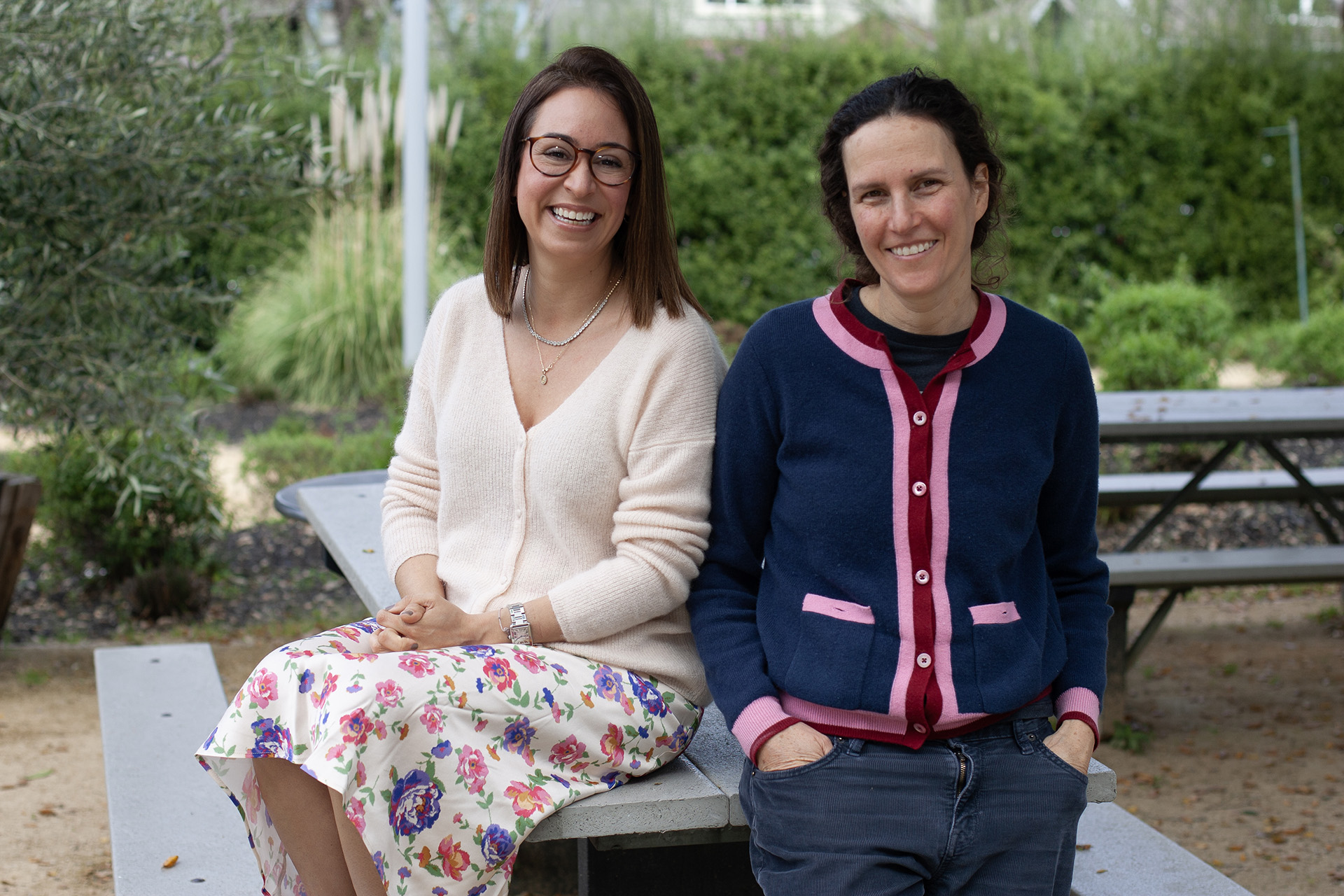
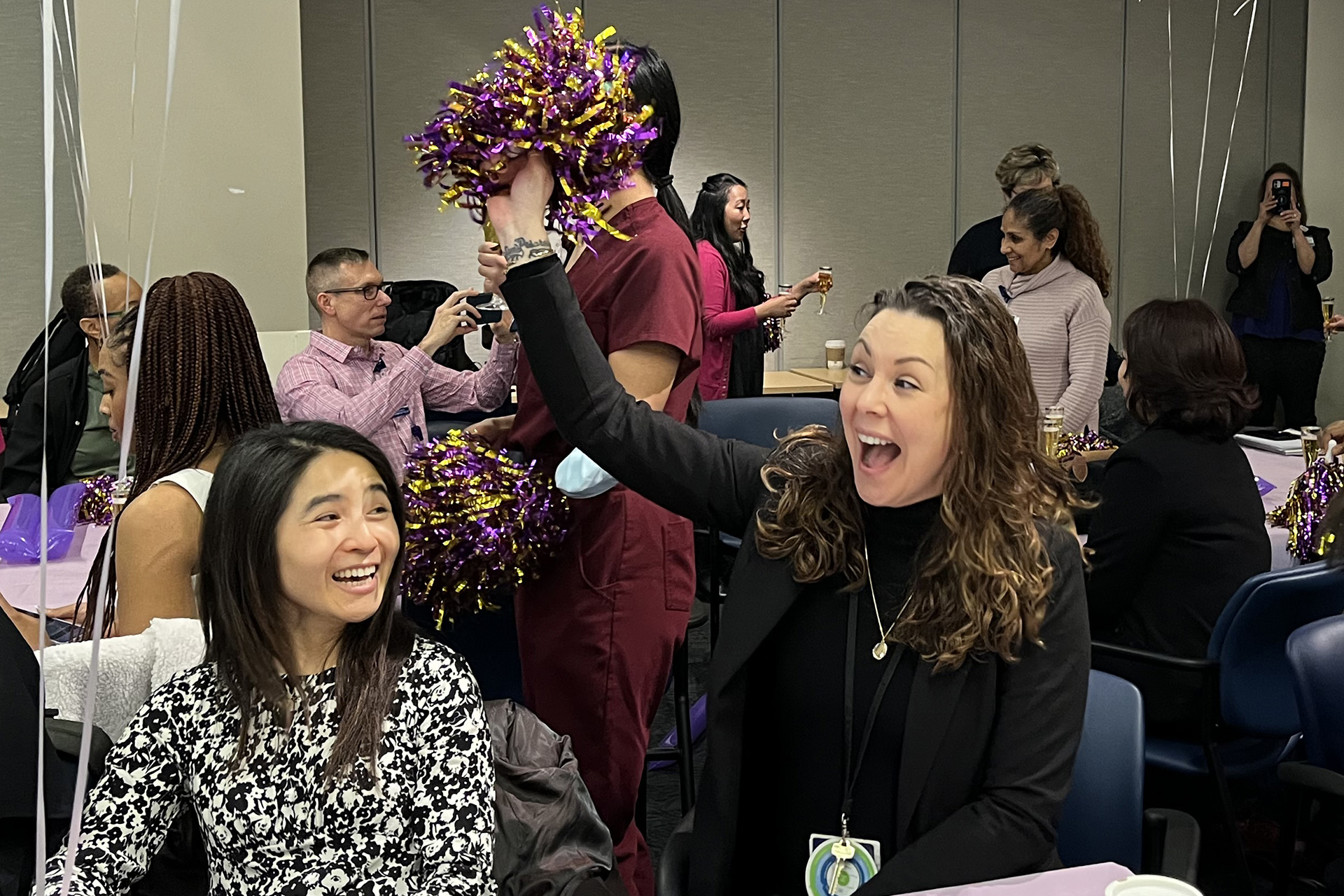
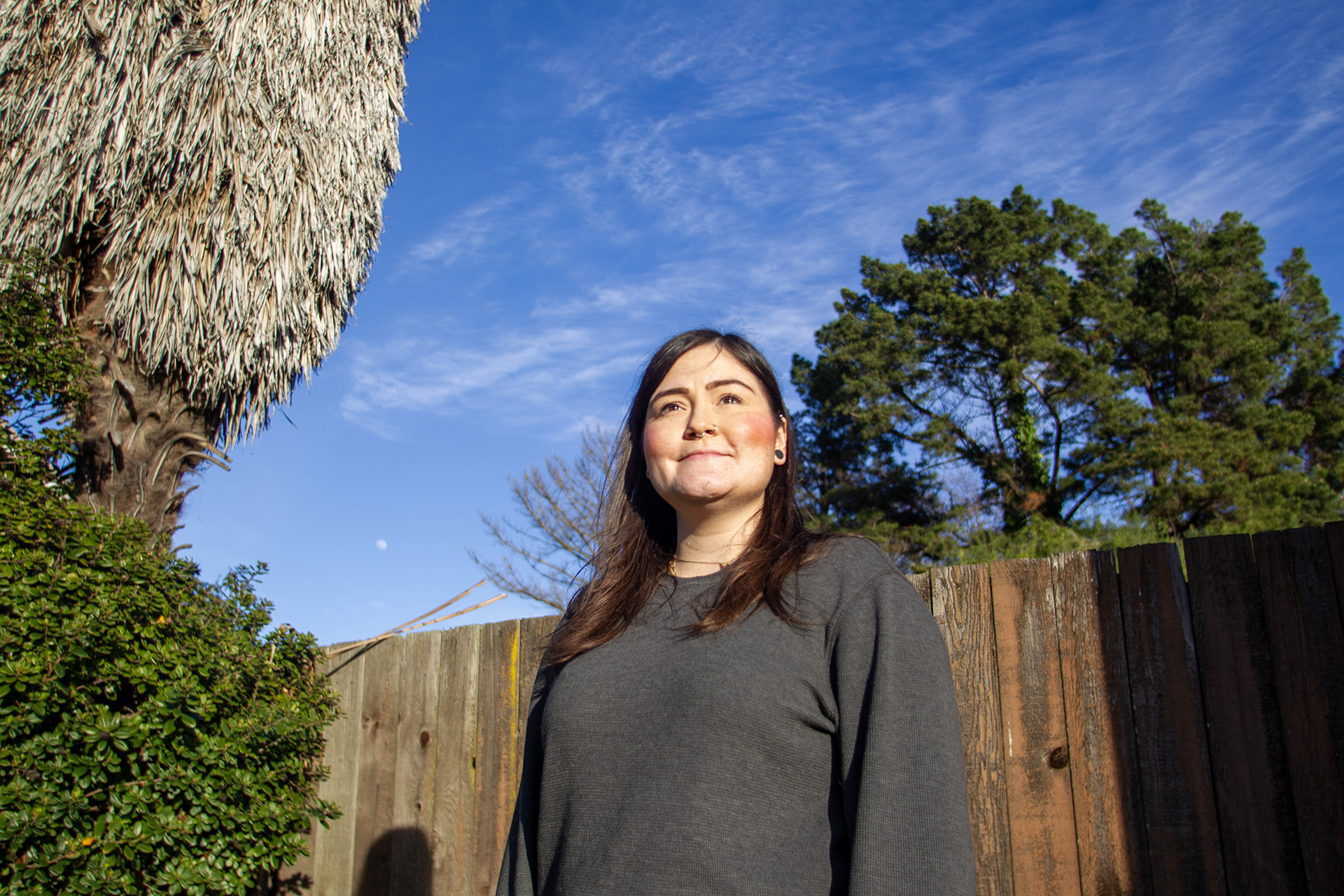
This Post Has One Comment
Thank you so much for presenting the article: RETIRED SPACE ENGINEER GETS HIS LIFE BACK.
I had an AVR replacement 6 years ago. I was told that after 10 years post op, I may needed another replacement.
As I am 69 y/o now, I have felt a bit leery. Now I see that my odds are improving!